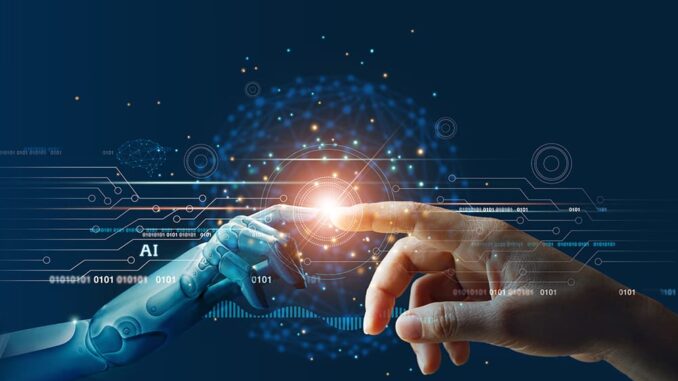
AI Streaming Data Ingestion refers to the process of collecting, processing, and storing large amounts of data in real-time from various sources, such as IoT devices, sensors, social media,
and applications, to support machine learning and analytics models. This involves handling high volumes of data, often at speeds of thousands to millions of messages per second.









Key Components of AI Streaming Data Ingestion:
1. **Data Sources**: Various sources of data, such as:
* IoT devices (e.g., industrial equipment, wearables)
* Sensors (e.g., temperature, humidity)
* Social media (e.g., Twitter, Facebook)
* Applications (e.g., mobile apps, websites)
2. **Data Ingestion**: The process of collecting and transporting data from sources to a central location for processing and analysis.
3. **Streaming Processing**: Real-time processing of data as it arrives, often using technologies like Apache Kafka, Apache Storm, or AWS Kinesis.
4. **Data Storage**: Storage solutions designed for high-speed data ingest and processing, such as Apache Hadoop Distributed File System (HDFS), Amazon S3, or Google Cloud Storage.
5. **Analytics and Machine Learning**: Integration with analytics and machine learning frameworks (e.g., TensorFlow, PyTorch) for model training and inference.
Challenges in AI Streaming Data Ingestion:
1. **Scalability**: Handling large volumes of data and ensuring system scalability to meet growing demands.
2. **Latency**: Minimizing latency to ensure real-time processing and analysis.
3. **Data Quality**: Ensuring data quality, completeness, and accuracy to prevent errors in analytics and machine learning models.
4. **Security**: Protecting sensitive data during transmission and storage.
5. **Integration**: Integrating with various data sources and systems.
Benefits of AI Streaming Data Ingestion:
1. **Real-time Insights**: Gain timely insights into business operations, customer behavior, and market trends.
2. **Improved Decision-Making**: Inform strategic decisions with accurate, up-to-date data.
3. **Enhanced Customer Experience**: Personalize experiences by analyzing user behavior in real-time.
4. **Increased Efficiency**: Automate processes and optimize resources with data-driven insights.
5. **Competitive Advantage**: Stay ahead of the competition by leveraging real-time data analytics.
Popular Technologies for AI Streaming Data Ingestion:
1. Apache Kafka
2. Apache Storm
3. AWS Kinesis
4. Google Cloud Pub/Sub
5. Azure Event Hubs
6. RabbitMQ
7. Apache Flink
To succeed in AI streaming data ingestion, it’s essential to:
1. Choose the right technology stack based on specific use cases and requirements.
2. Design a scalable architecture to handle growing data volumes.
3. Implement robust data quality control mechanisms.
4. Ensure secure data transmission and storage.
5. Continuously monitor and optimize the system for performance and latency.
By mastering AI streaming data ingestion, organizations can unlock the full potential of their data and drive business success through real-time insights and decision-making capabilities.


Leave a Reply